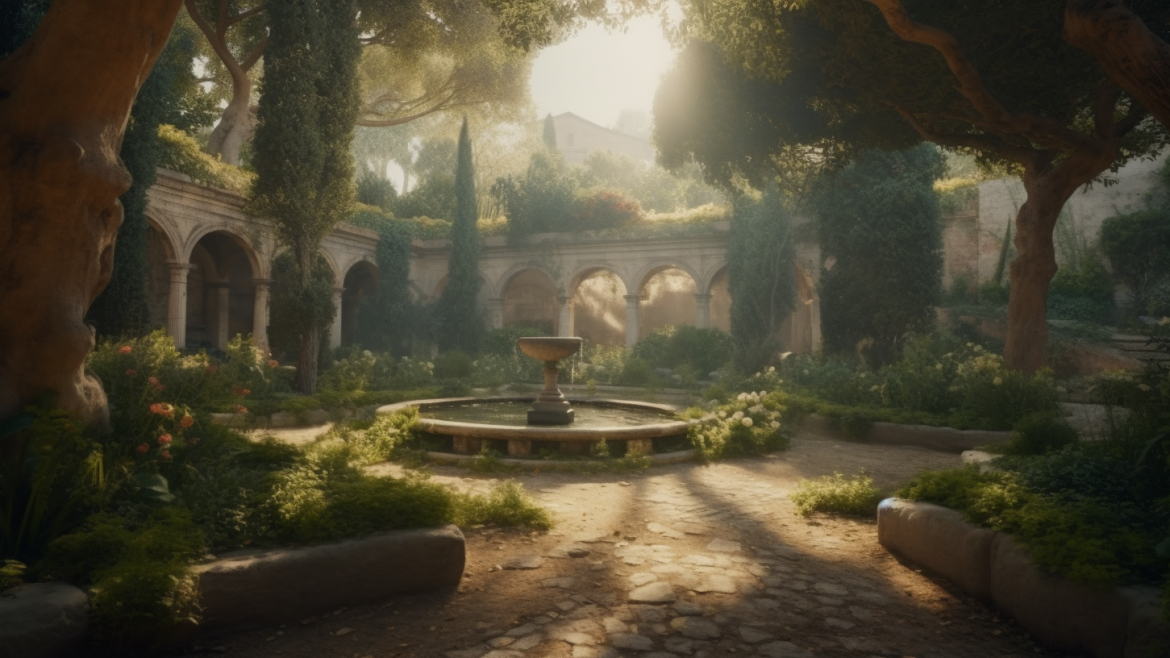The Romans are renowned for their innovative engineering, architectural masterpieces, and their passion for opulence, and their gardens were no exception. Roman horticulture and villa gardens were designed to showcase the wealth, power, and aesthetic sensibilities of their owners, while also serving as sanctuaries for relaxation and contemplation. They were essential components of Roman life, reflecting the culture’s appreciation for beauty, leisure, and the bounty of nature.
Roman villas, both in the city and the countryside, were adorned with lavish gardens that exuded elegance and sophistication. A typical Roman garden was an enclosed, landscaped area, featuring courtyards, terraces, walkways, and water features. These gardens were often designed in a symmetrical layout, with manicured lawns, geometrically shaped flower beds, and neatly trimmed hedges. They also incorporated a variety of decorative elements such as statues, frescoes, mosaics, and fountains, highlighting the refined taste and artistic flair of their creators.
In addition to their aesthetic appeal, Roman gardens were also places for cultivating an array of fruits, vegetables, and herbs, which were essential to the Roman diet and medicinal practices. They were true horticultural showcases, where gardeners experimented with various planting techniques, crop rotations, and grafting methods. These innovative practices allowed the Romans to grow a diverse range of plants, even in the challenging Mediterranean climate.
Roman villa gardens were not only private retreats for the elite but also served as public spaces for social gatherings, business meetings, and intellectual discussions. They played a crucial role in fostering a sense of community and promoting intellectual and artistic exchange among the Roman citizens.
The extensive knowledge and expertise in horticulture that the Romans possessed were documented in various treatises by famous authors such as Pliny the Elder, Columella, and Varro. These writings provide valuable insights into the Roman gardening practices, their attention to detail, and their innovative approaches to cultivating plants and designing garden spaces.
Roman horticulture and villa gardens stand as a testament to the refined tastes, innovative spirit, and remarkable ingenuity of ancient Rome, leaving a lasting legacy that continues to inspire gardeners and landscape designers to this day. The Romans also developed advanced techniques for growing crops in challenging climates, which will be explored in more detail in the following article.




